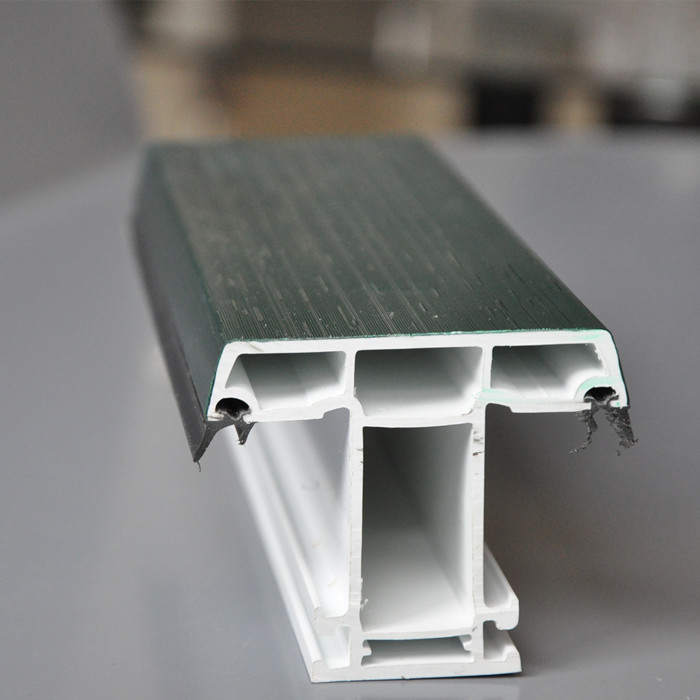Plastic extrusion for heat-sensitive plastics, PVC, and high-performance materials
Plastic extrusion for heat-sensitive plastics, PVC, and high-performance materials
Blog Article
Recognizing the Fundamentals and Applications of Plastic Extrusion in Modern Manufacturing
In the realm of contemporary manufacturing, the strategy of plastic extrusion plays an instrumental function - plastic extrusion. This intricate process, involving the melting and shaping of plastic with specialized passes away, is leveraged throughout different sectors for the creation of diverse items. From auto parts to consumer items packaging, the applications are huge, and the possibility for sustainability is equally excellent. Untangling the fundamentals of this process exposes real versatility and capacity of plastic extrusion.
The Basics of Plastic Extrusion Process
While it might appear complex, the fundamentals of the plastic extrusion process are based on fairly simple concepts. It is a production process wherein plastic is melted and then shaped into a continuous account through a die. The plastic extrusion process is thoroughly utilized in various markets due to its versatility, cost-effectiveness, and performance.
Various Sorts Of Plastic Extrusion Strategies
Building upon the standard understanding of the plastic extrusion procedure, it is needed to discover the different methods included in this manufacturing method. The two key methods are profile extrusion and sheet extrusion. In account extrusion, plastic is thawed and developed into a continuous account, typically made use of to develop pipelines, poles, rails, and window frameworks. In comparison, sheet extrusion develops huge, flat sheets of plastic, which are usually more processed right into products such as food packaging, shower drapes, and cars and truck parts. Each technique needs specialized equipment and exact control over temperature level and pressure to make certain the plastic maintains its shape throughout cooling. Recognizing these techniques is key to using plastic extrusion effectively in modern manufacturing.

The Duty of Plastic Extrusion in the Automotive Sector
A frustrating majority of components in modern lorries are items of the plastic extrusion process. This procedure has revolutionized the automotive sector, transforming it into a more reliable, affordable, and flexible manufacturing market. Plastic extrusion is primarily made use of in the production of different car elements such as bumpers, grills, door panels, and dashboard trim. The process gives an attire, constant result, allowing producers to produce high-volume get rid of fantastic accuracy and marginal waste. The important site lightness of the extruded plastic components adds to the overall decrease in lorry weight, boosting fuel effectiveness. The longevity and resistance of these parts to warm, cool, and impact improve the durability of vehicles. Thus, plastic extrusion plays a pivotal function in automobile production.

Applications of Plastic Extrusion in Durable Goods Manufacturing
Beyond its significant influence on the automotive sector, plastic extrusion confirms similarly efficient in the realm of durable goods making. This process is vital in producing a broad range of products, from food product packaging to family home appliances, playthings, and even clinical tools. The adaptability of plastic extrusion enables manufacturers to design and generate complicated shapes and dimensions with high accuracy and efficiency. Due to the recyclability of lots of plastics, extruded parts can be reprocessed, reducing waste and price (plastic extrusion). The versatility, adaptability, and my response cost-effectiveness of plastic extrusion make it a favored choice for many customer goods manufacturers, adding substantially to the industry's growth and advancement. Nevertheless, the ecological ramifications of this prevalent use call for cautious factor to consider, a topic to be reviewed even more in the succeeding section.
Ecological Influence and Sustainability in Plastic Extrusion
The pervasive use plastic extrusion in manufacturing invites examination of its environmental effects. As a procedure that regularly uses non-biodegradable materials, the ecological influence can be considerable. Power consumption, waste manufacturing, and carbon emissions are all worries. Nonetheless, sector innovations are increasing sustainability. Efficient equipment lowers power usage, while waste administration systems recycle scrap plastic, reducing raw material demands. In addition, the growth of eco-friendly plastics supplies a much more eco-friendly alternative. Despite these renovations, better technology is required to alleviate the environmental footprint of plastic extrusion. As culture leans in the direction of sustainability, makers need to adapt to stay practical, emphasizing the relevance of continual research study and innovation in this field.
Final thought
In conclusion, plastic extrusion plays a vital duty in contemporary production, particularly in the auto and durable goods markets. Its flexibility permits for the production of a variety of elements with high accuracy. Its potential for recycling and growth of biodegradable materials uses an encouraging opportunity towards lasting techniques, thereby attending to ecological problems. Understanding the basics of this process is crucial to maximizing its applications and benefits.

The plastic extrusion procedure is extensively used see page in numerous sectors due to its cost-effectiveness, versatility, and effectiveness.
Building upon the basic understanding of the plastic extrusion process, it is essential to explore the different techniques involved in this production approach. plastic extrusion. In comparison, sheet extrusion creates huge, flat sheets of plastic, which are typically additional refined into items such as food packaging, shower drapes, and auto parts.A frustrating majority of components in contemporary vehicles are items of the plastic extrusion process
Report this page